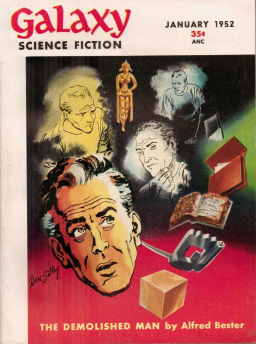 If you have a book you’d like me to review, please see the submission guidelines here.
If you have a book you’d like me to review, please see the submission guidelines here.
After a weekend spent trying to fix my computer (status: still crashing at least once an hour), it was an open question whether I was going to get this done. Well, here it is, hopefully not too much the worse for the wear.
This month’s self-published novel is The Severed Earth by Chris Presta-Valachovic. The Severed Earth is what is sometimes referred to as a portal fantasy, where characters from our world are transported to another one and are forced to deal with some great event. Sometimes the characters are quite willing, crossing over freely — in this book, they are definitely not.
The rock band Karma is in trouble. Despite the success they’ve had, their ex-manager Izzy embezzled most of the money before dying, leaving the members deep in debt. They have one chance to produce an album and turn their fortunes around, but their lead singer, Vao, is having a crisis of faith, and thinking of quitting after the death of his mother. The guitarist, Rafe, is fed up with Vao’s moping and unreliability and would just as soon be rid of him, while Jonathan just wants to hold the band together. Ian and Dylan just want to make music, but they, too, are stuck in this emotional train-wreck of a band. But when the record rep turns out to be a wizard, the band members soon find themselves with other things to worry about.
King Faolan of Kern is missing, and whether by coincidence or magic — it’s not entirely clear — Vao bears a remarkable resemblance to the missing king. He and his bandmates are brought to the land of Kern, Vao to take his place as king, and the others to take the fall for kidnapping him. The others manage to escape with the help of the bard Sion, but Vao is brought to the Crown City of Kern, where he is expected to assume the role of king, and in the course of a month, bond with a woman he’s never met and seal an alliance with the nation of Chulain. The others have the task not only of avoiding being captured and charged with kidnapping and murder, but rescuing Vao and finding the way home. Except that Rafe isn’t so certain that Vao is worth rescuing, and as time passes, it’s less and less clear that Vao wants to go home.
…
Read More Read More
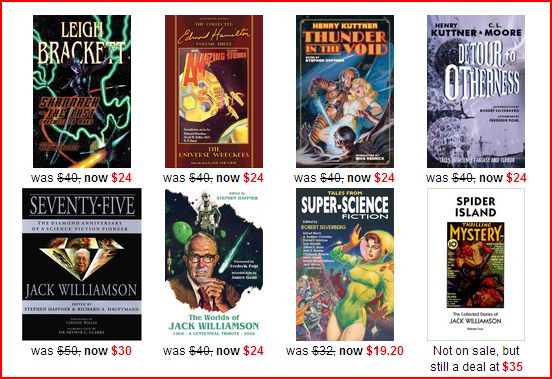
 I’m going to do something a little different in this instalment of my diary of the Fantasia film festival: I’m going to write about two movies in the reverse order from which I saw them. I watched both on Saturday, July 26, and it so happened that the second one struck me as a perfectly fine movie of the sort of movie that it was, while the first seemed a little bit more.
I’m going to do something a little different in this instalment of my diary of the Fantasia film festival: I’m going to write about two movies in the reverse order from which I saw them. I watched both on Saturday, July 26, and it so happened that the second one struck me as a perfectly fine movie of the sort of movie that it was, while the first seemed a little bit more.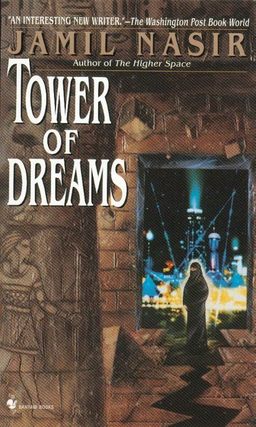

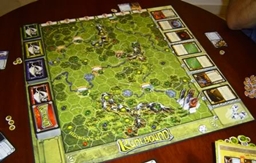
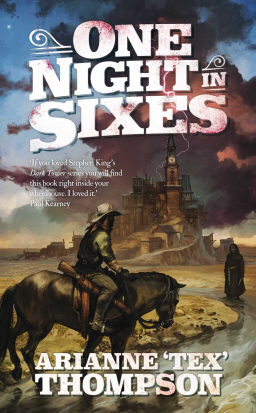

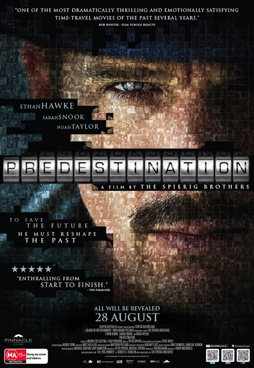 On Thursday, July 24, I saw two movies. One hinted at the supernatural. The other was a surprisingly faithful adaptation of a classic sf story. On the surface, these films didn’t seem to have a lot in common. But to me they raised similar questions about free will, about how people change, and about whether one can really choose that change.
On Thursday, July 24, I saw two movies. One hinted at the supernatural. The other was a surprisingly faithful adaptation of a classic sf story. On the surface, these films didn’t seem to have a lot in common. But to me they raised similar questions about free will, about how people change, and about whether one can really choose that change.